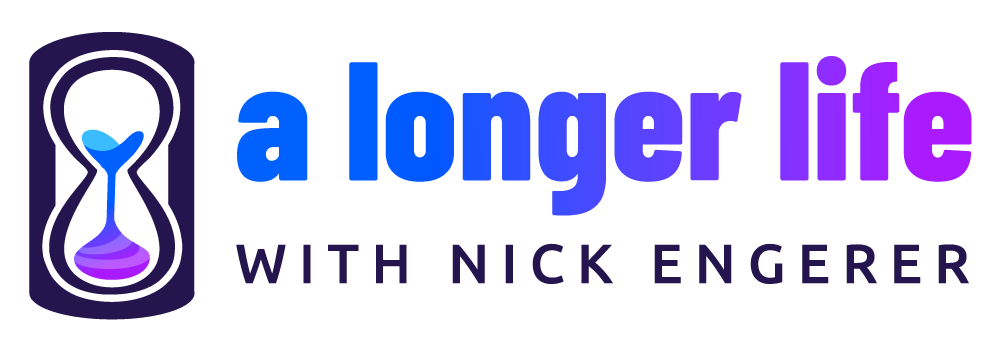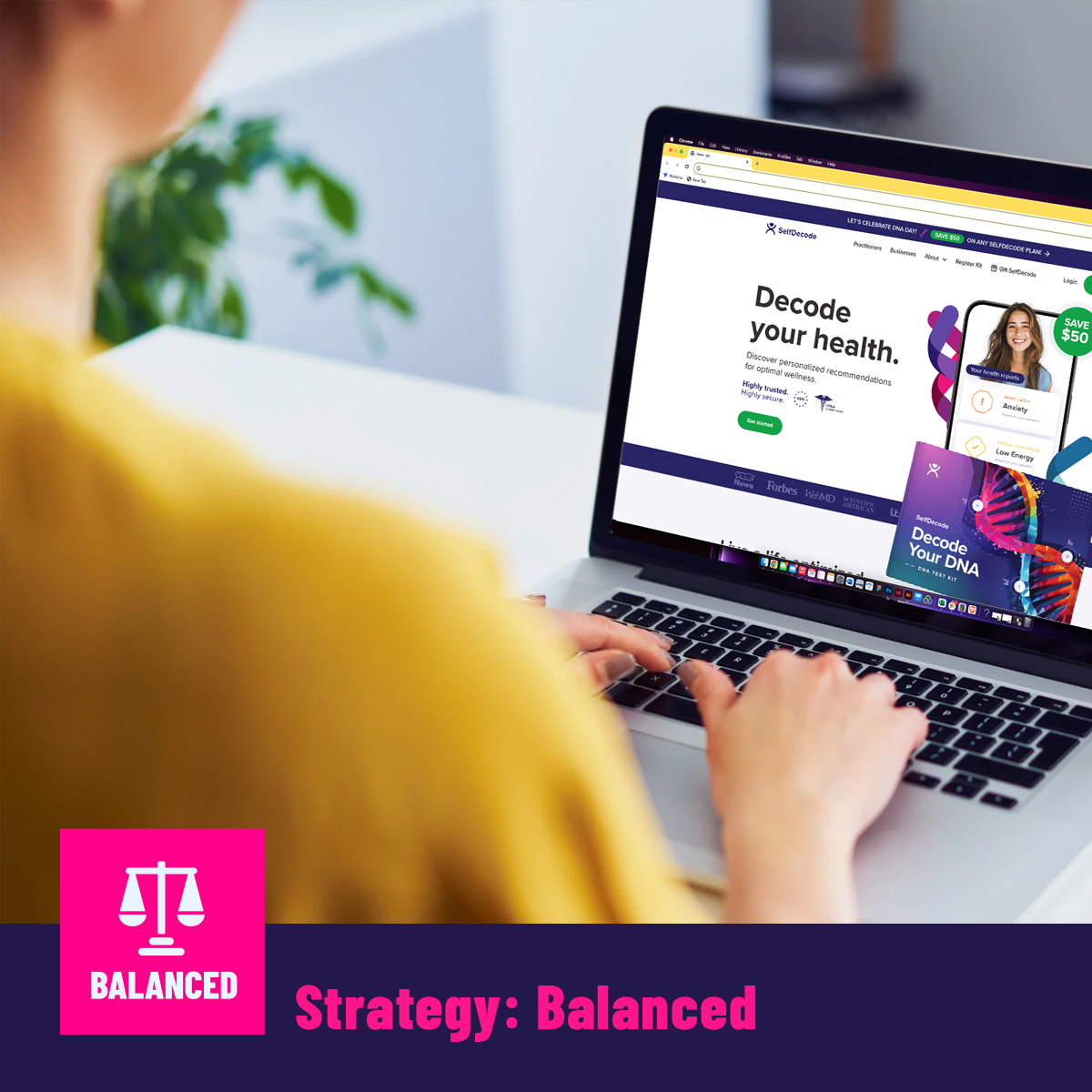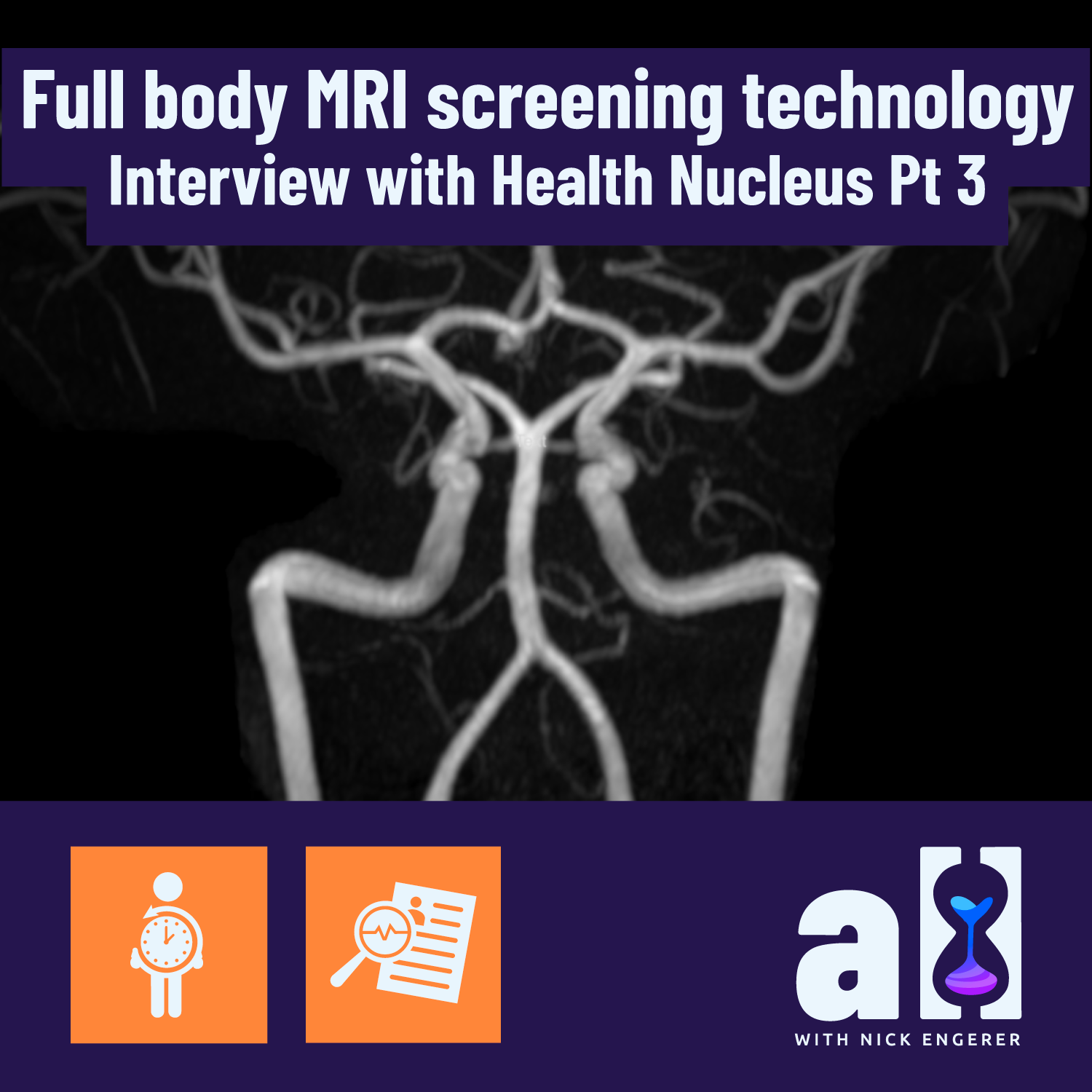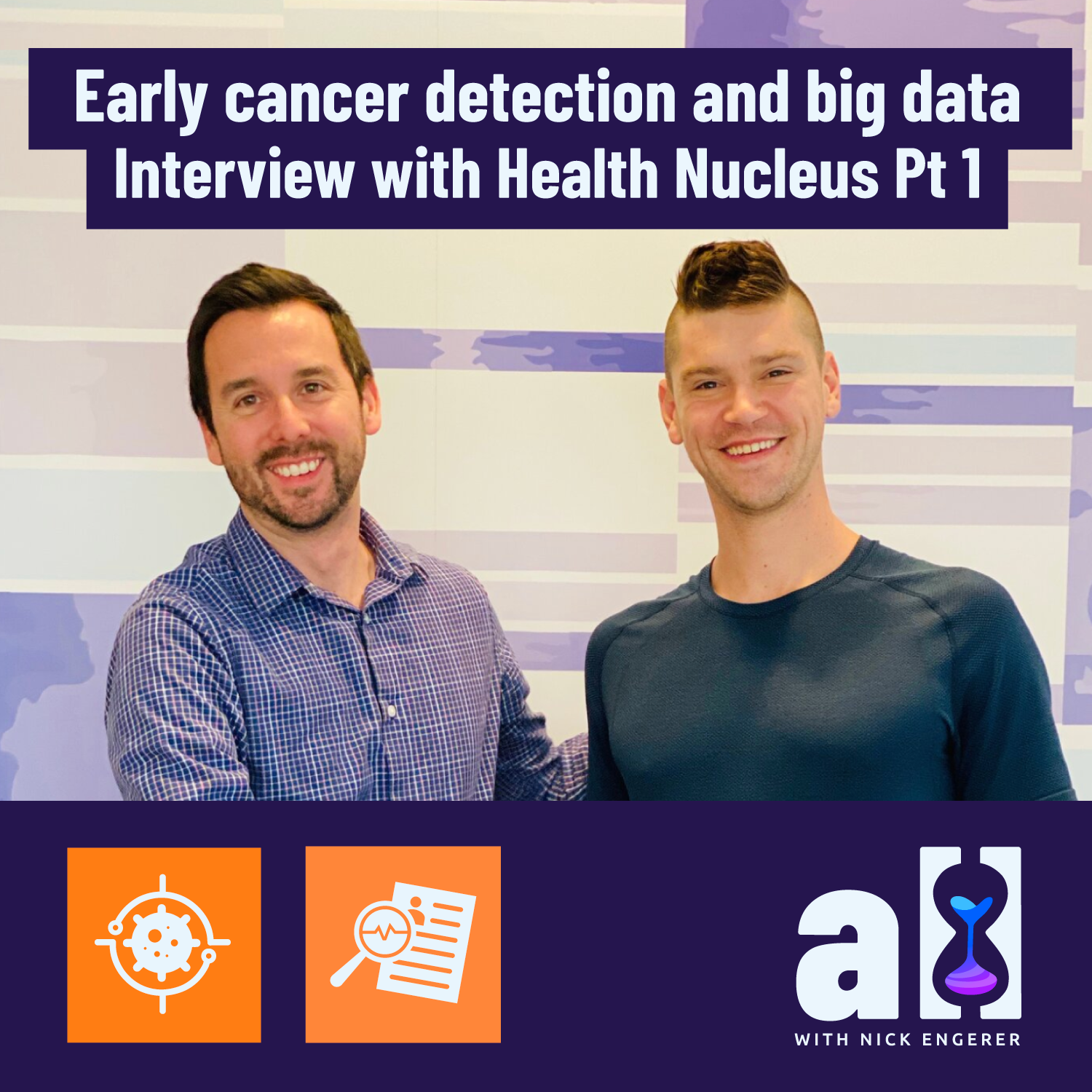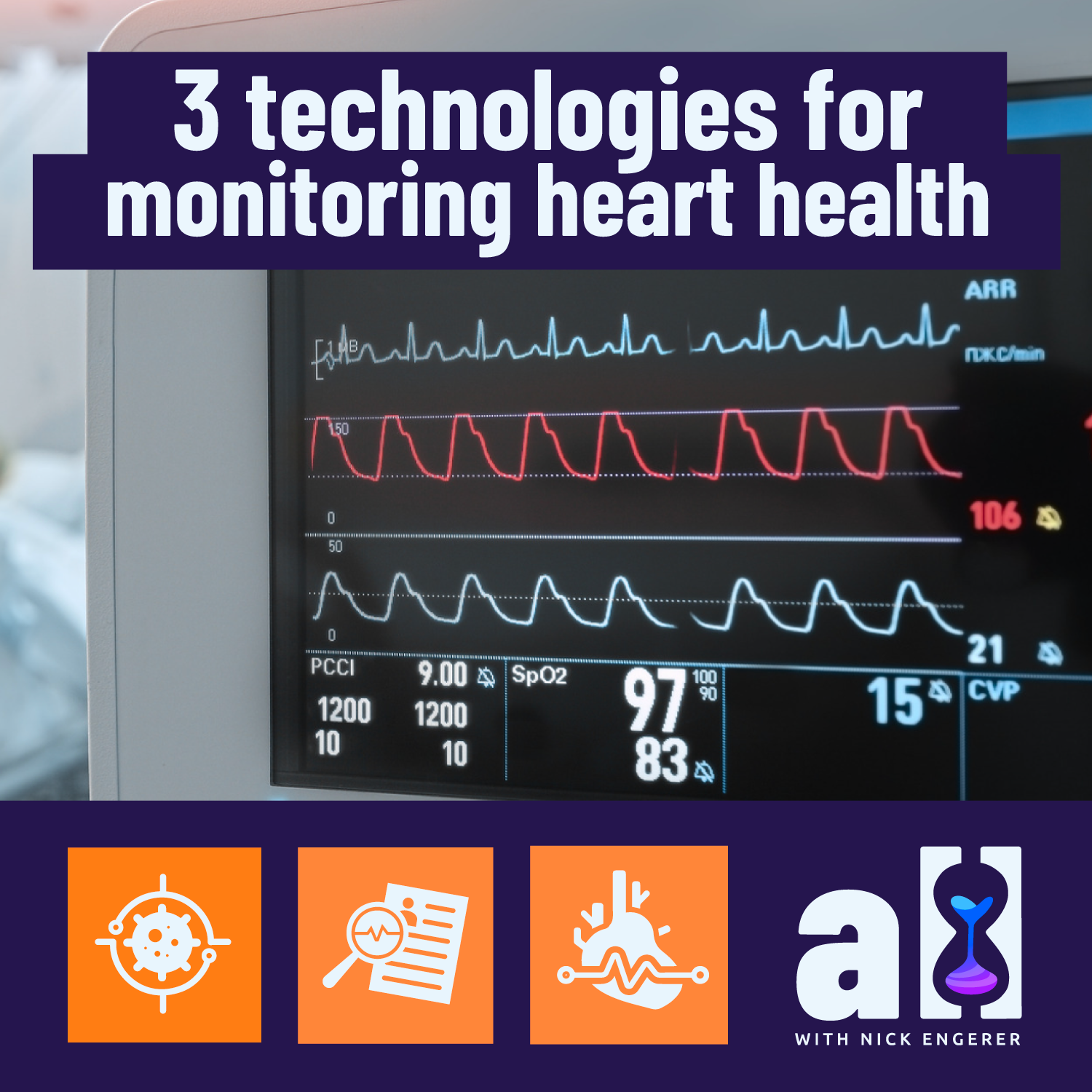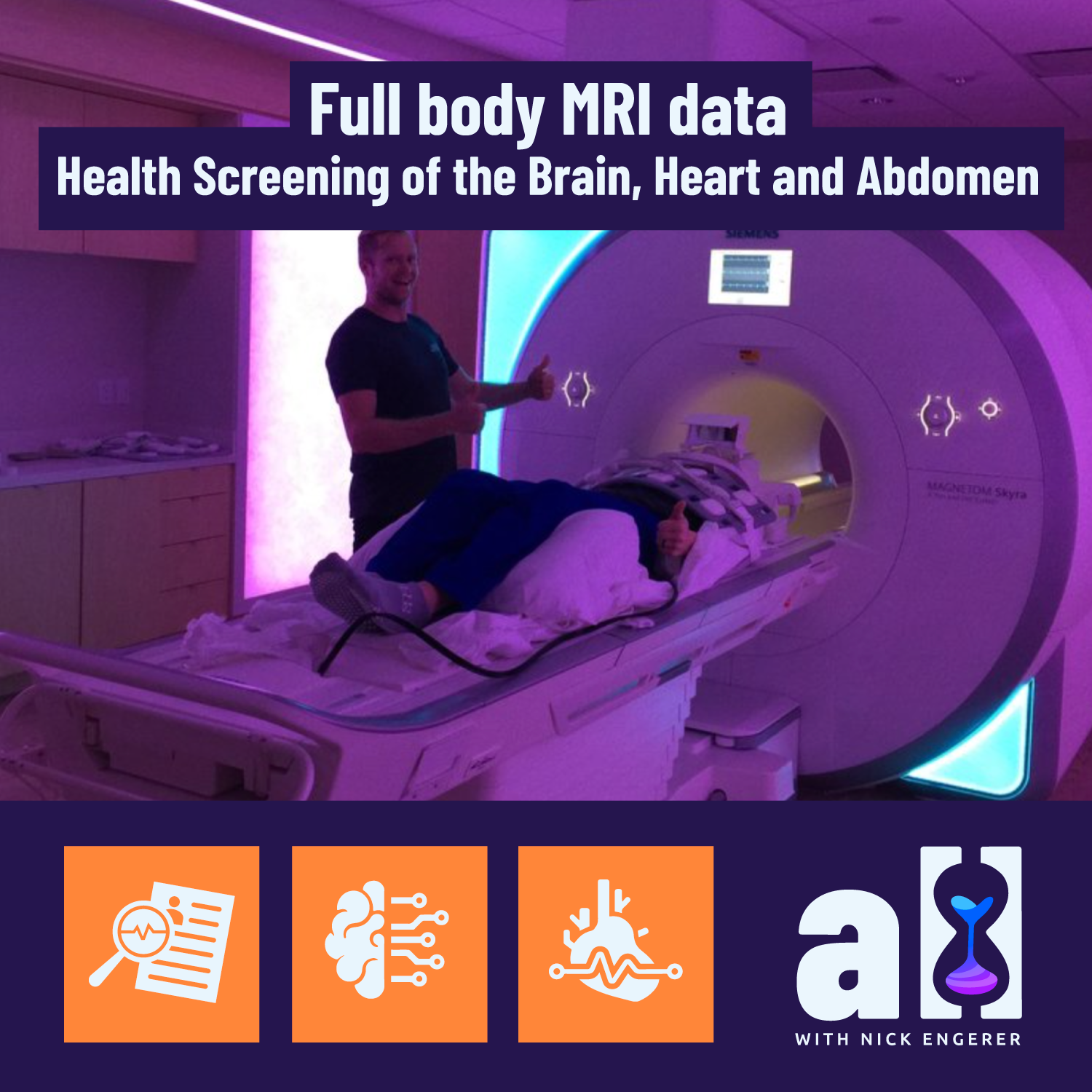5. Choosing your pathway
As we discussed at the outset of our longevity strategy articles, knowing the level of financial investment you can afford is a fundamental concept in creating and executing on your longevity strategy.
As you progress, you’ll be investing in building yourself a longer life, in the form of time, energy and money. And as you do so, empowered with a longevity mindset where you recognise that in doing so, you are shaping a life where the diseases of aging are no longer your destiny and that the longer you stick around, the more longevity technologies are available to help you stay healthier for longer. (Reminder: These are the two key realizations of the longevity mindset).
There are additional resources in the realm of genetics and epigenetics which can further inform and empower you in developing your longevity risk profile and in the prioritisation and management of your longevity risks.
The balanced pathway
It is not strictly necessary to spend additional money to have a well informed longevity strategy, however it can be very helpful and informative to invest in further testing. We will provide you with examples that illustrate how and why this is true in the Balanced pathway. Choosing the Balanced pathway will take much of the guesswork out of which longevity risks to prioritise, as between the Family Health History, Siteman Your Disease Risk Tool and personalised genetic disease risk reports, your top 2-3x disease risks to focus on will become very clear.
The budget pathway
If you choose to continue down the Budget pathway instead, we will focus solely on free or low costs resources. This will involved a bit more ‘elbow grease’ on your part, as you will need to complete your own longevity risk assessment. But we will provide you with helpful examples on how to do so. It will also rely more heavily on you having conversation with your chosen health practitioner (which we will also support you in doing).
What about premium?
We have not yet compiled resources to inform your available options for proceeding down the Premium pathway, but will be forming new partnerships with longevity clinics around the world in the future to support you in making an informed choice. Choosing a premium clinic to shape your longevity risk profile and your risk management approach will take out all of the guesswork and provide targeted support on your ongoing longevity journey. If this pathway interests you and you have the resources to pursue it, we suggest you read our articles profiling Human Longevity Inc in the technology section of A Longer Life

